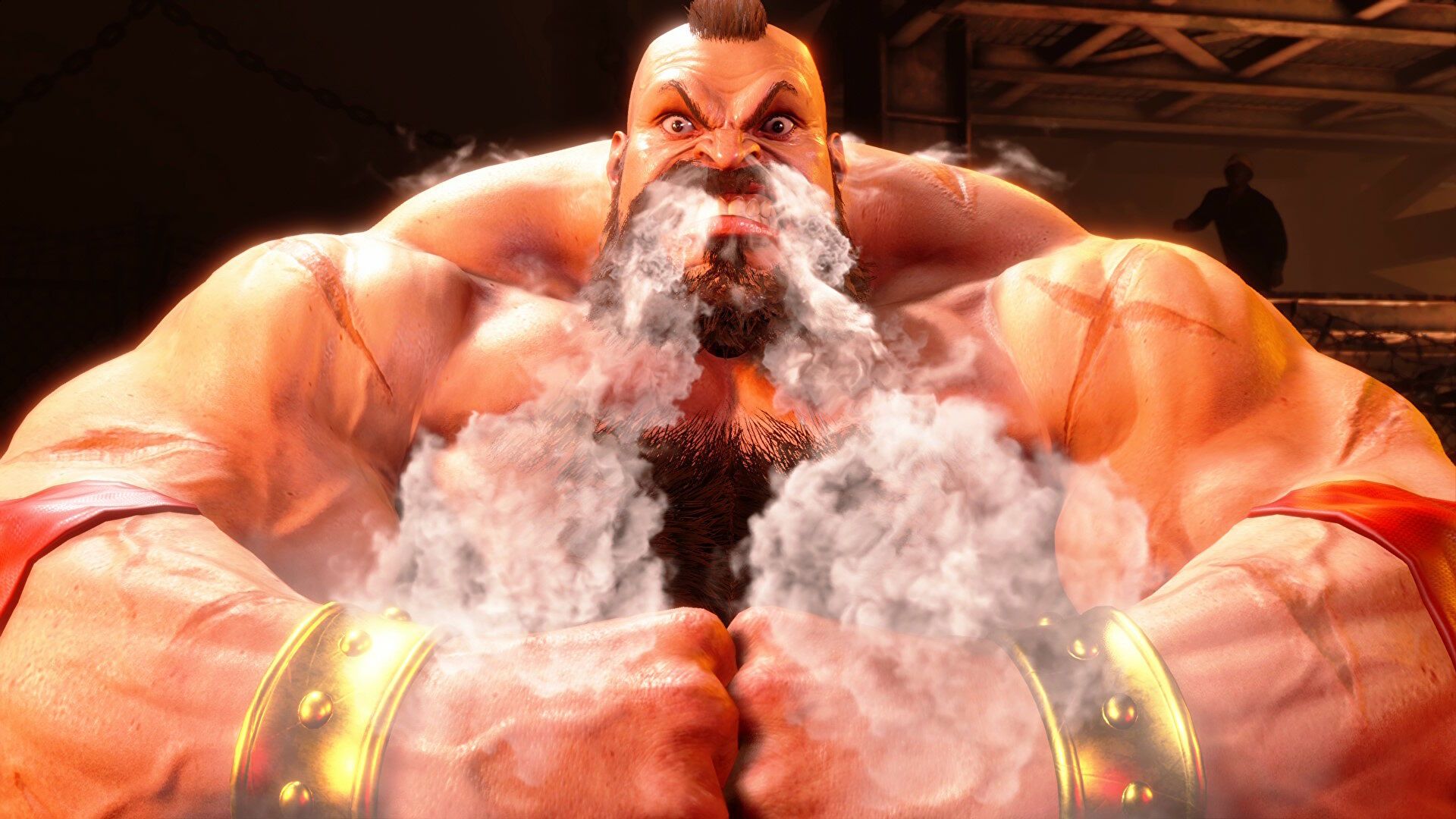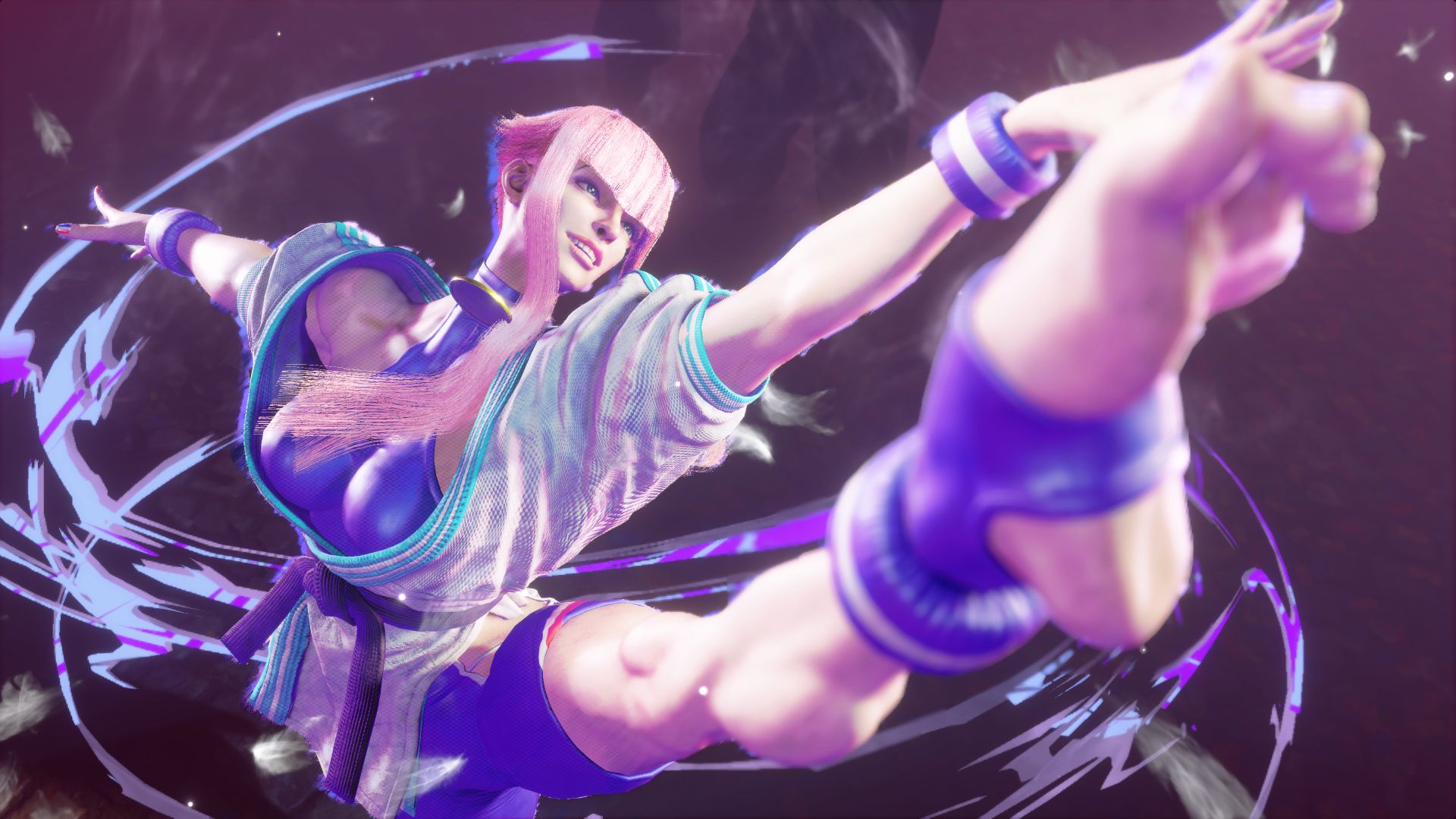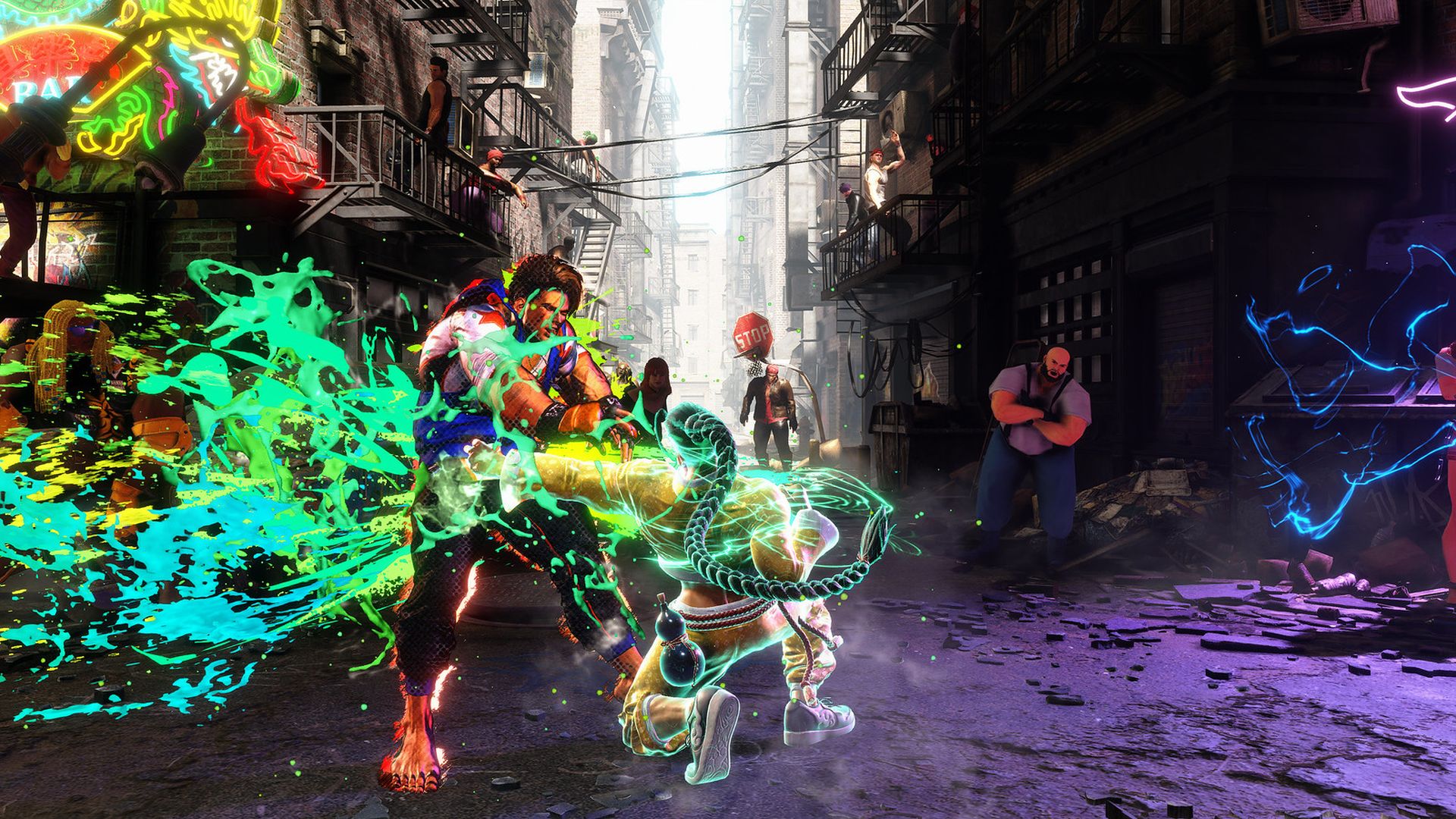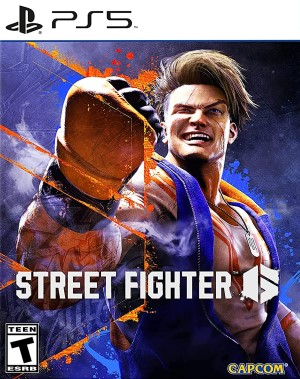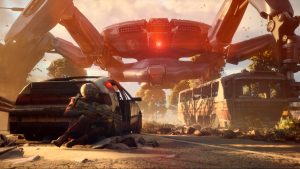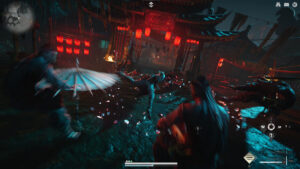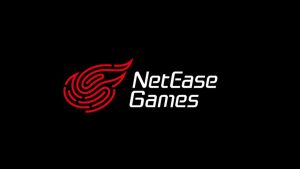
Throughout the years, the fighting game genre has gone through a renaissance. There’s been a wide range of releases, including Guilty Gear Strive, Tekken 7, Super Smash Bros. Ultimate, Granblue Fantasy Versus, Mortal Kombat 11, Soulcalibur 6, The King of Fighters 15, Samurai Shodown, and many more. It’s hard to pinpoint when so many fighting games started to release, but the future looks even brighter with the likes of Tekken 8, Mortal Kombat 12 and, yes, Street Fighter 6 releasing in the coming year.
Capcom’s fighter is the most interesting, not just because it’s out soon (June 2nd), but because of how things have changed. Yoshinori Ono, who served as producer for the series up to Street Fighter 5, is not involved, having left Capcom in Summer 2020. It’s the first game to run on RE Engine and releases on current-gen consoles, though a PS4 version is also coming. More importantly, for a flagship Capcom franchise with a low-key mainstream presence since Street Fighter 5’s disastrous launch, the sequel has this air of electricity about it.
When Street Fighter 5 released in February 2016, it was rife with problems – finding a match online was near-impossible due to server issues. Furthermore, the amount of content was suspiciously thin. Arcade Mode was nowhere to be found, and the fact that it was trying out some new monetization for earning new characters – regardless of how it turned out later – didn’t sit well due to all the other problems.
It did receive improvements, fixes and new content over time. It sold seven million copies as of February 2023 and is currently the single best-selling Street Fighter title on consoles. However, even with the changes, it felt like it was missing this spark, that X-Factor, that exceptional quality that set it out from the pack. Aside from the Street Fighter name, of course.
Street Fighter 6 is a different story. Right out the gate, it embraces the street culture and fighting scene that defined the series from the beginning. The art style is vivid and stylish, with graffiti-like flourishes and bombastic particle effects in each fight. More importantly, it’s taking a holistic approach to what Street Fighter means to everyone.
When Street Fighter 2 first launched, no one could have predicted its impact. It was revolutionary, one-of-a-kind, spurring a mad rush for arcade machines and pretenders. Future classics like Mortal Kombat to Killer Instinct would emerge to cash in on its success. It influenced beat ’em ups like Streets of Rage, appeared in popular culture, and even inspired competitive modes in games like the original Doom.
However, Street Fighter means something different to every person. Some view it as a way to jump in and beat down an opponent using flashy moves and combos. Maybe you’d button-mash through fights or learn a few moves to carry you through. As a popular mainstay in arcades, it was a way to kill time, compete against some incredible players, or even watch matches play out. Over time, it’s evolved into a competitive sport where timing, combos, parries, and more are just the beginning. Not everyone plays it for the same reasons.
Capcom has recognized this and designed Street Fighter 6 to appeal to all kinds of fighters. The three main modes, which sound more like fundamental pillars, explain it best. Fighting Ground is where you go to, well, fight. It’s your all-in-one description for Versus, Casual, Ranked and the new Extreme Battles (which throws in various crazy modifiers). Whether you’re looking for a quick match or want to jump into the extensive Training menu, this is where you go to fight.
World Tour is more of a Career Mode where players customize their fighter and chart a path. Train with different Street Fighter icons to learn their moves, explore the environment for secrets, and fight with a random opponent to prove your might. Maybe you’ll find someone more skilled and take a beating, before climbing back up to win. It’s a nice spin on the World Warrior theme, especially since you need to earn money through mini-games. You’ll eventually traverse the world in search of stronger opponents.
Finally, there’s the Battle Hub, which captures that feel of a futuristic arcade. There are tournaments, cabinets to fight or spectate other players at, goods to purchase, and even classic arcade games like Street Fighter 2 Turbo and Final Fight to pass the time. Throughout all fights, you can enable real-time commentary, which pulls from eight different commentators like Jeremy “Vicious” Lopez, Aru, Thea Trinidad and James “jchensor” Chen. It brings a level of hype to matches that mirrors the likes of Evo and sounds amazing.
All this would matter less if the battle system or the online match quality (which has rollback netcode and crossplay support) weren’t up to standards. The latter is still up in the air, but the gameplay mechanics have been nothing short of impressive thus far. The launch roster of 18 characters each has their unique style, whether it’s Dee-Jay’s Sway or Manon’s use of judo and ballet. The new Drive Gauge encourages different offensive and defensive strategies, as long as you have the meter to spare.
Absorb an attack with Drive Impact and deliver a hard-hitting blow that can knock opponents against walls. Unleash an EX Special Move-style attack for more damage with Overdrive, or use Drive Reversal to counter an attack. The return of Super Arts, with each character having three, and Critical Arts available when you’re low on health, is also great. There’s just so much room to play around with the mechanics, and it’s all in keeping with past Street Fighter tenets.
If that weren’t enough, there are multiple control types, like Dynamic, which automatically unleashes combos based on your position or Modern, for performing moves without extensive button inputs. There are limitations for Dynamic – it can’t be used in online play or all Fighting Ground modes – and though
Modern controls sound nice, they won’t provide finer control like the traditional six-button layout will. Overall, it’s a great way to usher in new players, whether they want to get in some quick fights without learning everything all at once or slowly build their skills over time.
We’ve talked about a fighting game renaissance, but Street Fighter 6 feels like a reinvigoration for the franchise. It simultaneously pushes new combat mechanics and features while retaining the classic feel and values that appeal to long-time fans. The characters all look incredible, and the sheer depth of their kits, to say nothing of the production values behind their visuals and animations, is something to behold. It all feels like it comes together in a way where nothing feels lacking, unlike Street Fighter 5.
It’s a given that Street Fighter 6 will be one of the biggest games of the year based on sales alone, even with other heavy-hitters like Final Fantasy 16 and Diablo 4 releasing in the same month. The long-term future is harder to predict – who knows what kinds of new features or balance changes Capcom could introduce that make the game better or worse?
However, for the first time in what feels like a very long time, there’s an excellent base to build off, one that showcases why Street Fighter is such a hallowed franchise. It’s truly the start of a new era.
Note: The views expressed in this article are those of the author and do not necessarily represent the views of, and should not be attributed to, GamingBolt as an organization.








